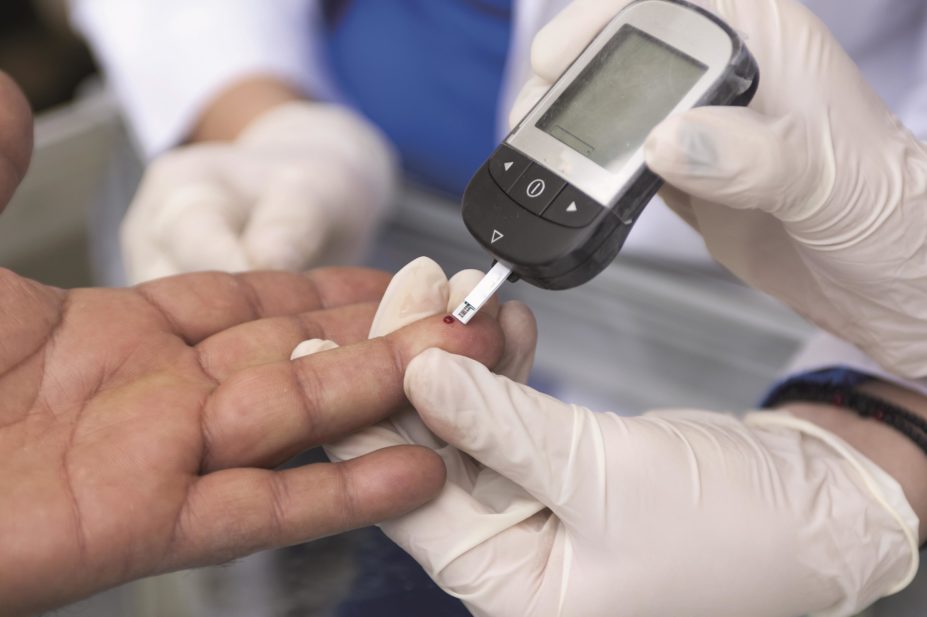
Ververidis Vasilis / Shutterstock.com
“A powerful and safer alternative to insulin” achieved robust glucose control for diabetes with no increased risk of hypoglycaemia or weight gain, conclude the authors of a systematic review of therapies published in The Lancet
[1]
.
The combination of a glucagon-like peptide-1 receptor (GLP-1) agonist plus basal insulin offered the “ideal triumvirate”, according to Laura Young and John Buse from the University of North Carolina, USA, in an accompanying commentary to the meta-analysis[2]
.
The systematic review included 15 studies that compared GLP-1 agonist and basal insulin combination therapy with other antidiabetic drugs in 4,348 adults with type 2 diabetes
.
The researchers, led by Ravi Retnakaran, from Mount Sinai Hospital, Toronto, Canada, noted that the high cost of both GLP-1 agonists and insulin analogues is likely to be the major barrier to widespread adoption of the treatment.
Combination therapy reduced glycated haemoglobin (HbA1c) by a mean of 0.44% more than other therapies and significantly improved the likelihood of achieving an HbA1c of 7.0% or lower, with a relative risk (RR) of 1.92. Furthermore, combination therapy was associated with a mean 3.22 kg reduction in body weight and did not increase the risk of hypoglycaemia (RR 0.99) versus other therapies.
Compared with full basal-bolus insulin regimens, the combination of GLP-1 agonist plus insulin resulted in a marginal 0.1% reduction in HbA1c, a 33% lower risk of hypoglycaemia and a mean 5.66-kg reduction in weight.
Retnakaran and colleagues say their data indicate that combining a GLP-1 agonist with basal insulin “can achieve the ideal triumvirate of short-term outcomes in diabetes management: potent glucose-lowering capacity without increased hypoglycaemia or weight gain”.
“Our findings clearly lend support to the use of GLP-1 agonists in combination with basal insulin in the clinical management of patients with type 2 diabetes.”
Victoria Ruszala, a diabetes pharmacist at North Bristol NHS Trust, said that the study provided reassurance about the co-prescription of GLP-1 agonists and basal insulin, already widely practised and endorsed by expert bodies such as the Association of British Clinical Diabetologists.
Ruszala added that while the meta-analysis summarised the overall benefits of combination therapy, there are likely to be differences in the efficacy and side-effects associated with individual GLP-1 agonists.
References
[1] Conrad E et al. Glucagon-like peptide-1 receptor agonist and basal insulin combination treatment for the management of type 2 diabetes: a systematic review and meta-analysis. The Lancet (online 12 September 2014).
[2] Young LA & Buse JB. GLP-1 receptor agonists and basal insulin in type 2 diabetes. The Lancet (online 12 September 2014).


